Asit Sen
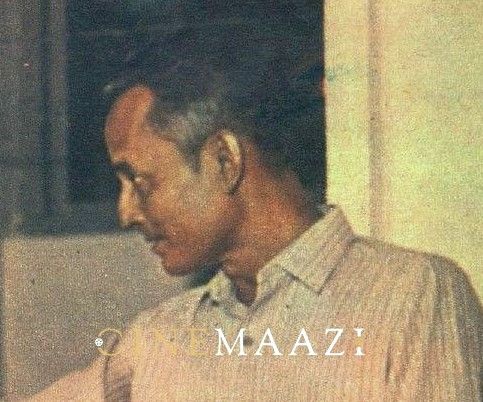
Subscribe to read full article
This section is for paid subscribers only. Our subscription is only $37/- for one full year.
You get unlimited access to all paid section and features on the website with this subscription.
Not ready for a full subscription?
You can access this article for $2 , and have it saved to your account for one year.
- Born: 24 September 1922 (Dhaka, Bangladesh)
- Died: 25 August 2001 (Kolkata)
- Primary Cinema: Bengali
- Children: Partha Sen
An expert in many areas of filmmaking, Asit Sen is primarily remembered as a prominent director of his times. Stretching over four decades in various languages, his contribution to the development of Indian cinema is invaluable to this day.
Born in Dhaka on 24 September 1922, Asit Sen was interested in the arts even as a child. He did his schooling from Nagaon in Assam and later shifted to Kolkata to study at Bangabasi College. As a young man, he took a keen interest in photography, and made up his mind to work towards a career that would allow him to hone his talent for it. His uncle, Ramanand Sengupta, was already an established cinematographer in the budding world of Indian cinema. He started using his uncle Ramanand Sengupta’s Rolleicord camera and taking still photographs around Kolkata while studying in college. He used to go to watch the shootings of Hindi films at the Film Corporation Studio.In 1946, Asit Sen joined Bharat Laxmi Productions and started working as an assistant to D.K. Mehta. Soon after, he joined the film company his uncle was working at, and became an assistant to his uncle during the filming of Purbarag (1947). However, working merely as an assistant cameraman did not satisfy Asit Sen. He soon felt the need to work on his own terms as an independent filmmaker.
He opened a photography studio of his own in Kolkata initially at Deshapriya Park, then beside Lighthouse cinema. He met Satyajit Ray during this time. He used to take out a magazine from this studio called Society Close Up. He used to closely watch the films exhibited at Lighthouse, mostly Hollywood films.
Following this, Sen followed Gandhi’s tour across Noakhali and Patna, and made the footage into a 16mm independent documentary. Not only did this increase his confidence in working with the film medium, but also allowed him to gain a deeper understanding of the prevailing social conditions. This understanding widened his gaze, and his later films benefitted greatly from this knowledge. In 1948, Asit Sen made his directorial debut with the Assamese-language film Biplabi, the story of a young revolutionary fighting for the betterment of the nation.
The first three films he made in Kolkata were Chalachal (1956), Panchatapa (1957) and Jiban Trishna (1957). Chalachal (1956) established him once and for all as a director of repute. This film proved to be so popular that Sen remade it years later as the Hindi film Safar (1970), starring Rajesh Khanna and Sharmila Tagore. One of the biggest hits of the year, Safar secured for Asit Sen his first Filmfare Best Director Award in 1971. Safar's soundtrack attained great popularity, especially the Kishore Kumar song Zindagi ka safar. The film also won three awards from the Bengali Film Journalists Association for Best Screenplay, Best Dialogue and Best Editing.
Around this time, he directed his second Arundhati Devi starrer following Chalachal, titled Panchatapa (1957), in Bengali. Focused on the lives of people occupying the river basin around the Panchet Dam in Bihar (now Jharkhand), Panchatapa also turned out to be a memorable film. He made Jonakir Alo (1958) based on the lives of the people who lit the street gaslights. Unfortunately, the print for this film has been lost. After this he made three films with Soumitra Chatterjee – Swayambara (1961), Swaralipi (1961) and Agun (1962). Noted for his understated, elegant touch as a director, Sen’s talent shone forth the most with his two landmark films with Suchitra Sen in the lead, Deep Jele Jai (1959) and Uttar Falguni (1963).
Arundhati Mukhopadhyay (also known as Arundhati Devi) was supposed to be the heroine of Jiban Trishna (1957). But she had to leave mid-way. Hence the role went to Suchitra Sen, who became great friends with Asit Sen. This began a life-long friendship between the two.
Uttar Falguni was his most successful Bengali film, winning him the National Award for Best Feature Film in Bengali. Suchitra Sen delivered one of her career’s best performances in a double role as both mother and daughter. But Asit Sen also discovered Kalipada Chakraborty in this film, who went on to become one of the most well-known character actors of Bengali cinema. He also played the same character in the Hindi remake Mamta (1966).
.jpg)
Image courtesy: Filmfare, October 18, 1963
He went to Baruipur for some time after making Uttar Falguni, which is when he received offers to make films in Bombay. At the time he had started making Trishna (1965) in Bengali.
His journey in Hindi cinema began with the remake of Uttar Falguni – Mamta (1966). It premiered at the prestigious Maratha Mandir cinema hall.
As a Hindi film director as well, Sen was prolific. He delivered one hit after another with films like Bairaag (1976), Khamoshi (1970), Anokhi Raat (1968), Mamta (1966) and Sharafat (1970). Even with films like Maa Aur Mamta (1970), Annadata (1972) and Anari (1975), he left his unique, indelible mark. Anokhi Raat won acclaim for its screenplay and Sen's treatment of it, winning the National Award for Best Screenplay as well. Khamoshi was the remake of Deep Jele Jai, starring Waheeda Rehman and featured beautiful music composed by Hemant Kumar. In Khamoshi, Dharmendra played the role that had been originally played by Asit Sen himelf in Deep Jele Jai.
He was the first to cast Keshto Mukherjee as a drunkard in Hindi cinema in Maa Aur Mamta (1970). Keshto Mukherjee was so good in the role that he would get typecast as the drunkard in many films hereafter.
His closest friend in Bombay was the music composer Roshan. Roshan’s untimely death affected him badly. His other two friends in Bombay were Hemant Kumar and Utpal Dutt (with whom he worked in Anari). When Sen used to live in a flat in Juhu Utpal Dutt was his neighbour.
Some of his films towards the end of his career included the multi-starrer Vakil Babu (1981) and Mehndi (1983) in Hindi, and Prarthana (1984) in Bengali. By the time he was making Vakil Babu he had grown disnechanted with the Bombay film industry. Unable to come to terms with the changing terms and emotionally deavstated by the death of his close friends, he went back to Kolkata. In 1985, he worked on his last film as a director, the Bengali-language Pratigya, with noted actors like Moushumi Chatterjee and Victor Banerjee in the lead. He spent his last years as a teacher at the National Institute of Film and Fine Arts in Kolkata. Over his long career, Asit Sen directed nearly 14 films in Hindi, and 8 in Bengali. Fighting a losing battle with illness, Asit Sen passed away in a hospital in Kolkata on 25 August 2001 at the age of 79.
References
-
Filmography (22)
SortRole
-
Pratigya 1985
-
Prarthana 1984
-

Mehndi 1983
-

Vakil Baboo 1981
-
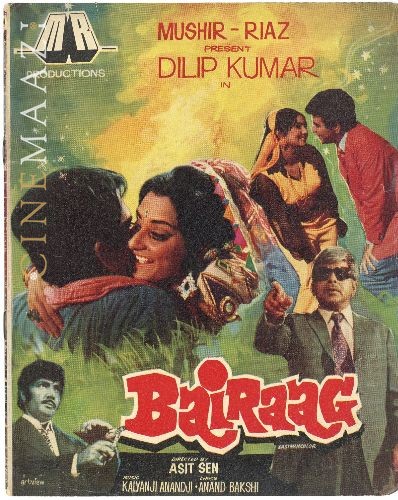
Bairaag 1976
-

Anari 1975
-
Annadata 1972
-
Maa Aur Mamta 1970
-

Safar 1970
-

Sharafat 1970
-

Khamoshi 1969
-

Anokhi Raat 1968
-






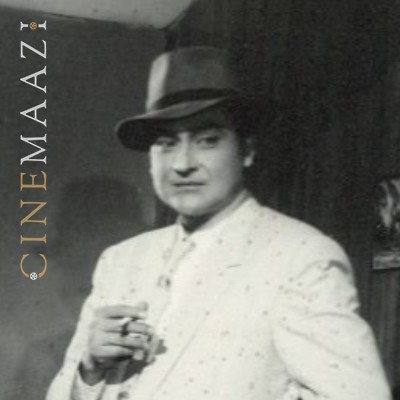
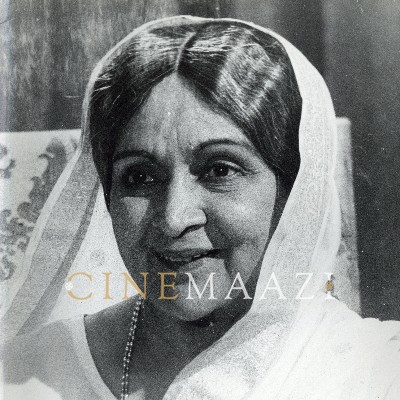
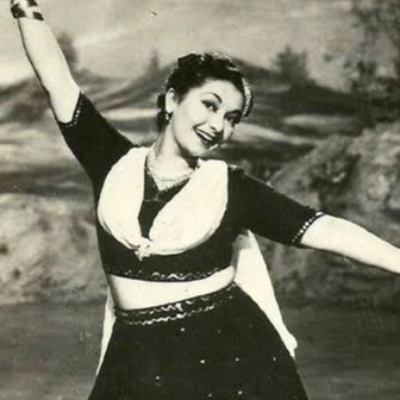
.jpg)



